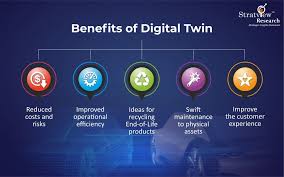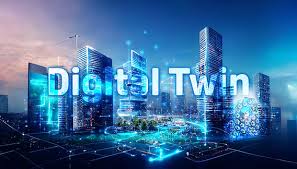
Digital twins—virtual replicas of physical objects or systems—have rapidly moved from futuristic concepts to practical tools transforming industries. By 2025, their applications extend far beyond manufacturing and engineering, surprising many with how they’re improving efficiency, safety, and innovation in unexpected ways.
Let’s explore some real-world uses of digital twins that might catch you off guard and reveal how this technology is shaping the future.
1. What Are Digital Twins?
A digital twin is a dynamic, real-time digital model that mirrors a physical asset, process, or environment. It collects data from sensors, simulates scenarios, and enables analysis and optimization without physical risk or cost.
These virtual counterparts help organizations predict problems, test changes, and improve performance.
2. Healthcare: Personalized Medicine and Surgery
Digital twins of patients’ organs or entire bodies enable:
- Customizing treatment plans based on individual physiology.
- Simulating surgeries before the actual procedure to improve outcomes.
- Monitoring chronic diseases in real-time for early intervention.
This personalization enhances patient care and reduces medical risks.
3. Smart Cities: Managing Infrastructure
Cities use digital twins to model traffic flows, energy consumption, and emergency response:
- Optimizing public transport routes to reduce congestion.
- Monitoring utilities to detect leaks or outages proactively.
- Planning urban development with environmental impact simulations.
These insights make urban living smarter and more sustainable.
4. Agriculture: Precision Farming
Farmers employ digital twins of fields and crops to:
- Monitor soil health and moisture levels.
- Predict pest outbreaks and optimize pesticide use.
- Simulate different crop rotations to maximize yield sustainably.
Digital twins help produce more food with fewer resources.
5. Retail and Supply Chain: Enhanced Customer Experience
Retailers create digital twins of stores and supply chains to:
- Track inventory in real-time and forecast demand accurately.
- Optimize store layouts for customer flow and sales.
- Simulate disruptions in supply chains to prepare contingency plans.
This leads to smoother operations and better customer satisfaction.
6. Unexpected Applications
Beyond the usual sectors, digital twins are now used in:
- Sports: Analyzing athletes’ movements to improve training and prevent injury.
- Entertainment: Creating virtual replicas of sets or performers for film production.
- Environmental Conservation: Modeling ecosystems to support biodiversity efforts.
These creative uses show the vast potential of digital twin technology.
Final Thoughts
Digital twins are revolutionizing how we understand and interact with the physical world—enabling smarter decisions, greater efficiency, and innovative solutions across unexpected fields.
As this technology matures, its applications will continue to surprise and benefit us in ways we never imagined.
